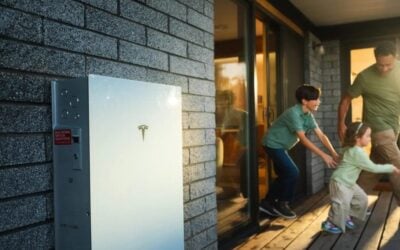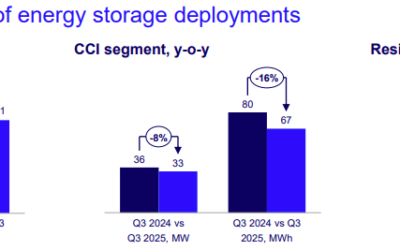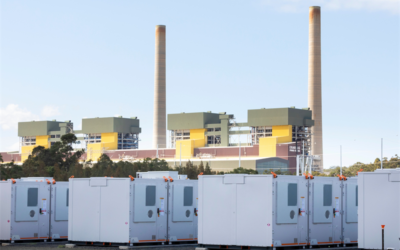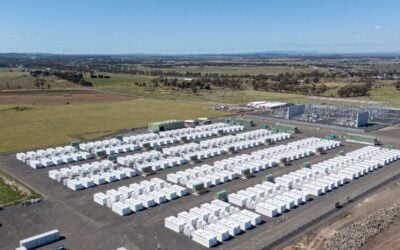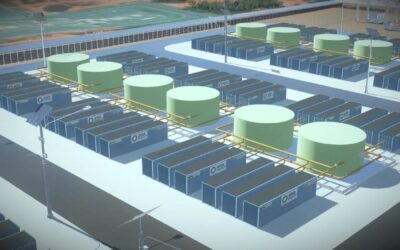Residential solar and solar thermal installations in Australia. Image: SunPower.
Solar storage batteries for households in Australia enjoyed a more than 1000% percent rise in the number of annual installations from 2015 to 2016, according to a new industry report.
Consultancy SunWiz found that in 2016, around 6,750 batteries were installed in Australian households, compared to just 500 in the previous year. Assuming the average battery storage system to be around 7.7kWh to allow for meaningful self-consumption of solar, this equates to more than 50GWh of installed energy storage systems.
Author of the SunWiz “2017 Battery market report”, Warwick Johnston, told national news outlet ABC that this “explosion” was due to a “significant fall” in battery prices during the year. Houses with batteries installed reportedly include that of the Prime Minister, Malcolm Turnbull.
In total, around 5% of new PV systems had battery storage included, SunWiz found, with New South Wales and Queensland leading the way. The research team predicted that the higher volume of installations will continue into this year with SunWiz confident that there will be a three or four-fold increase again.
Try Premium for just $1
- Full premium access for the first month at only $1
- Converts to an annual rate after 30 days unless cancelled
- Cancel anytime during the trial period
Premium Benefits
- Expert industry analysis and interviews
- Digital access to PV Tech Power journal
- Exclusive event discounts
Or get the full Premium subscription right away
Or continue reading this article for free
Due to the high prices of electricity in Australia and long hours of good sunshine enjoyed, the economic potential of battery storage has long been touted, with Turnbull recently talking about a need to do more work in the area – although he was referring also to utility-scale renewables and storage.
SunWiz used its modelling software and found that a system installed in Adelaide could reach payback in just seven years, based on a 5kW PV system coupled with a 13kWh energy storage system. This is based on that household being a relatively high consumer of energy at 25kWh per day, with the occupants able to meet 88% of their energy needs onsite, reduce solar export by 75% and reduce the amount of power drawn from the grid by 72%.
The latest survey appears to smash expectations from a previous one conducted in April 2016. Then, just 2% of PV system buyers were also buying batteries – despite half of them enquiring about the technology – with the average survey respondent predicting that around 850 systems would be installed during 2016. In June last year finance firm Morgan Stanley joined the chorus of voices predicting a sharp rise in the uptake of energy storage in Australia.

